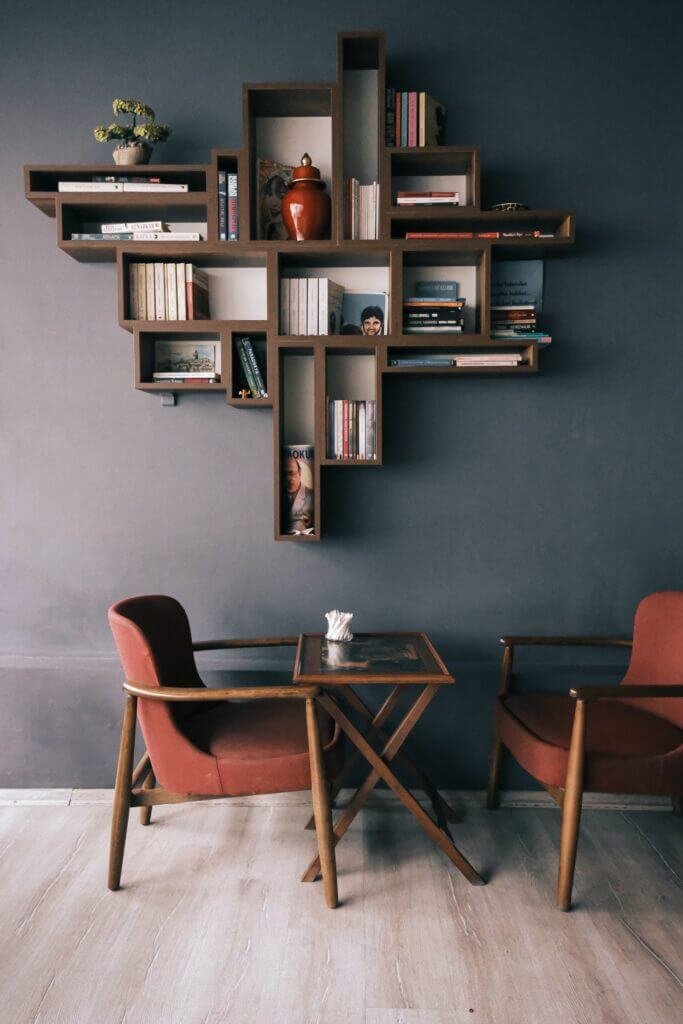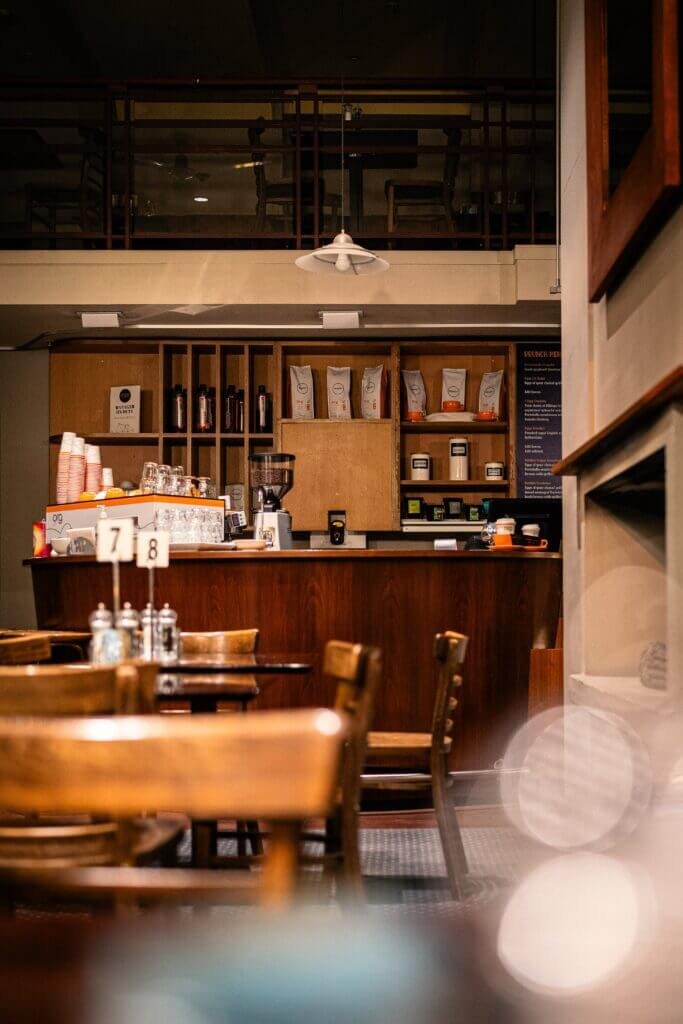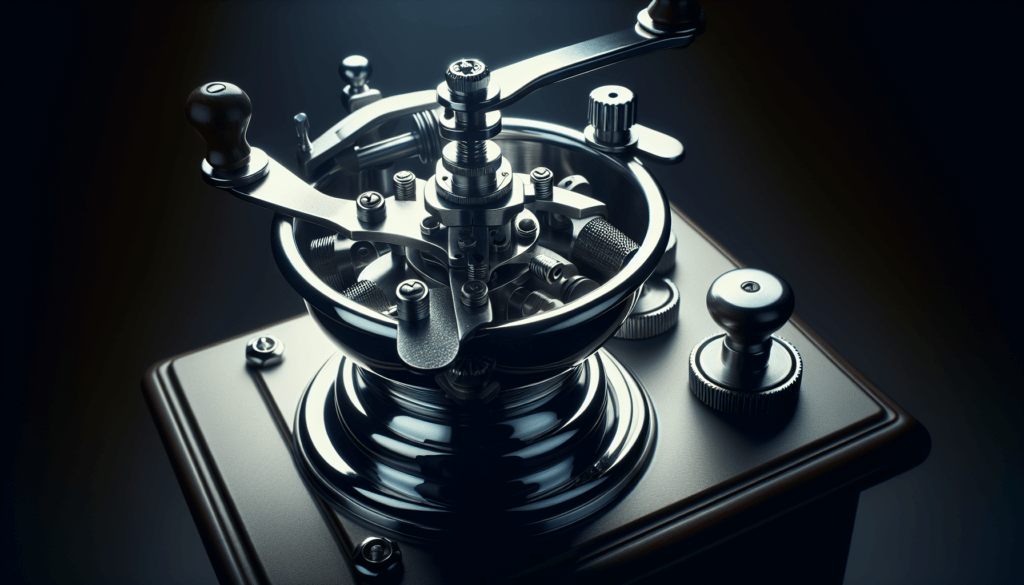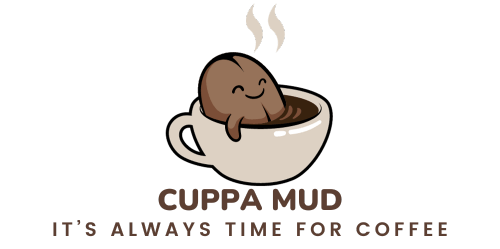Do you want to elevate the quality of your daily cup of joe? Look no further, because we have the ultimate guide on how to perfect your coffee grinding technique. Whether you prefer a finely ground espresso or a coarse texture for your French press, understanding the art of coffee grinding is essential. In this article, we will explore different grinding methods, explore the impact of grind size on flavor, and provide expert tips to help you achieve the perfect grind every time. So grab your favorite beans and get ready to take your coffee brewing skills to the next level!

Choosing the Right Grinder
Burr Grinders
When it comes to grinding coffee beans, one of the first decisions you’ll need to make is whether to opt for a burr grinder or a blade grinder. Burr grinders are considered the gold standard in the coffee world due to their ability to produce consistent and uniform grind sizes. They work by crushing the beans between two revolving abrasive surfaces, resulting in a more precise and even grind. This consistency is crucial for extracting the full flavor potential from your coffee beans.
Blade Grinders
On the other hand, blade grinders use a spinning blade to chop up the coffee beans. While they are generally more affordable and compact than burr grinders, they often produce an inconsistent grind size due to the uneven nature of the chopping motion. This can result in uneven extraction during brewing, leading to a less-than-ideal cup of coffee. However, if you’re on a tight budget and not overly concerned about the finer details of grind size, a blade grinder can still get the job done.
Manual vs Electric Grinders
Once you’ve decided on the type of grinder, you’ll need to choose between manual or electric options. Manual grinders require you to physically turn a crank to grind the coffee beans, making them a great choice for those who enjoy a hands-on brewing experience. They are generally more portable and quieter than electric grinders, making them ideal for traveling or camping. On the other hand, electric grinders offer the convenience of automation, allowing you to grind large quantities of coffee beans quickly and effortlessly. Consider your brewing needs and personal preferences when deciding between manual and electric grinders.
Understanding the Importance of Grind Size
The Role of Grind Size in Brewing
Grind size plays a crucial role in the flavor extraction process when brewing coffee. The finer the grind size, the more surface area of the coffee particles is exposed to the water during extraction. This leads to a quicker and more intense extraction, yielding a stronger and potentially over-extracted cup of coffee. On the other hand, coarser grind sizes result in a slower extraction, creating a milder and potentially under-extracted brew. Achieving the right grind size is essential for finding the perfect balance of flavors in your cup of coffee.
Common Grind Size Options
When it comes to grind size, there are several common options to choose from, ranging from extra coarse to extra fine. Extra coarse grind is typically used for cold brew or French press, as the large particles allow for a longer brewing time without over-extraction. Coarse grind is suitable for methods such as percolators or full-immersion brewers like the AeroPress. Medium-coarse grind is commonly used for pour-over methods like the V60 or Chemex. Medium grind works well with drip coffee makers, while medium-fine grind is often used for cone-shaped pour-over brewers. Finally, fine grind is typically reserved for espresso machines, as the small particles provide a quick and intense extraction.
Matching Grind Size to Brew Method
To achieve the best possible coffee flavor, it’s essential to match the grind size to the specific brewing method you’re using. Different brewing methods require different grind sizes to optimize extraction and avoid under or over-extraction. Experimentation and a bit of trial and error may be necessary to find the perfect grind size for your preferred brewing method. Remember, precision in grind size can make all the difference in the quality and taste of your cup of coffee.

Calibrating Your Grinder
Testing and Adjusting for Consistency
Before fully committing to a specific grind size setting on your grinder, it’s essential to test and adjust for consistency. Start by grinding a small amount of coffee and evaluate the resulting grind size. If it’s not to your liking, make slight adjustments to the grinder settings and grind another small batch. Repeat this process until you achieve a consistent grind size that matches your brewing method of choice.
Refining Your Grind Size Settings
Once you’ve determined the initial grind size setting that produces consistent results, you can fine-tune it further. Make small adjustments to the grinder settings, either coarser or finer, and grind a small batch of coffee to evaluate the impact on the resulting flavor. Keep refining the grind size until you achieve a brew that highlights the desired flavors and characteristics of your coffee.
Recording and Tracking Your Ideal Settings
As you experiment with different grind size settings, it’s crucial to record and track your ideal settings for each brewing method. This will help you replicate your preferred cup of coffee consistently in the future. Whether you jot down notes in a coffee journal or use a digital tracking tool, having a reference point for your grind size settings can save time and effort when preparing coffee in the future.
Mastering the Right Grinding Technique
Preheating and Cleaning the Grinder
To ensure optimal flavor extraction and prevent any residue build-up, it’s necessary to preheat and clean your grinder regularly. Preheating the grinder helps maintain a stable temperature during the grinding process, resulting in a more consistent grind size. Cleaning the grinder removes any lingering coffee oils or particles that can affect the flavor of your brew. Follow the manufacturer’s instructions for preheating and cleaning your specific grinder model.
Dosing the Right Amount of Coffee
The amount of coffee you use for each brewing method is just as crucial as the grind size itself. Different methods call for different coffee-to-water ratios to achieve the desired strength and flavor. Experiment with different dosages and find the perfect balance for each brewing method you utilize. Use a scale or measuring spoon to ensure accuracy in your coffee dosing.
Maintaining Consistent Pressure and Speed
For electric grinders, maintaining consistent pressure and speed can significantly impact the resulting grind quality. Avoid applying excessive force or uneven pressure to the grinder, as this can lead to uneven particle size distribution. With manual grinders, pay attention to maintaining a steady and controlled grinding speed to achieve a consistent grind size.

Avoiding Common Mistakes
Grinding Coffee Too Fine or Coarse
One common mistake when grinding coffee is using a grind size that is either too fine or too coarse for the brewing method. Using an excessively fine grind can lead to over-extraction and a bitter taste, while using an excessively coarse grind can result in under-extraction and a weak flavor. Pay attention to the recommended grind size for your specific brewing method and adjust accordingly to avoid these common mistakes.
Neglecting to Clean the Grinder
Regular cleaning of your grinder is vital to prevent any residue build-up, which can negatively impact the flavor of your coffee. Oils and coffee particles can accumulate over time, creating a stale or rancid taste. Make it a habit to clean your grinder on a regular basis, following the manufacturer’s instructions. This will help maintain the freshness and quality of your coffee.
Overheating the Coffee Beans
Heat can have a detrimental effect on the flavor of your coffee beans, so it’s crucial to avoid overheating them during the grinding process. Overheating can result in a loss of delicate flavors and aromas. If you’re using an electric grinder, pay attention to any signs of excessive heat generation. Consider taking breaks between grinding batches to prevent overheating and maintain the integrity of your coffee beans.
Experimenting with Brew Ratios
Understanding Brew Ratios
Brew ratio refers to the ratio of coffee to water used during the brewing process. It plays a significant role in determining the strength and flavor profile of your coffee. Experimenting with different brew ratios can help you tailor your cup to your personal taste preferences. A higher coffee-to-water ratio will result in a stronger and more intense flavor, while a lower ratio will yield a milder brew.
Adjusting Ratio to Optimize Flavor
To optimize the flavor of your coffee, consider adjusting the brew ratio based on the characteristics of the beans and your personal preferences. Darker and bolder coffees may benefit from a higher ratio, while lighter and more delicate coffees may shine with a lower ratio. Don’t be afraid to experiment and find the ratio that brings out the best in your favorite beans.
Tracking and Documenting Tasting Notes
As you explore different brew ratios, it’s helpful to document your tasting notes to track the flavor profiles you enjoy the most. Start by noting the specific brew ratio used, along with any additional brewing parameters such as grind size and water temperature. Take time to savor and evaluate the flavors and aromas of each cup, making note of any changes in strength, acidity, or sweetness. This documentation will serve as a valuable reference for future brewing experiments.

Grinding and Storing Freshness
The Impact of Oxygen Exposure
Exposure to oxygen can cause coffee beans to go stale and result in a loss of flavor and aroma. Grinding your coffee beans just before brewing can help preserve freshness by minimizing the surface area exposed to oxygen. The longer coffee grounds are exposed to oxygen, the faster they will lose their desirable qualities. Grinding fresh ensures that you extract the full flavor potential from your beans.
Grinding Fresh vs Pre-Ground Coffee
While the convenience of pre-ground coffee may be tempting, grinding your beans fresh is always the superior choice for taste and quality. Pre-ground coffee tends to lose its flavor and aroma more quickly due to increased exposure to oxygen. By grinding your beans right before brewing, you ensure that you’re getting the freshest and most flavorful cup of coffee possible.
Appropriate Storage Containers and Conditions
To maintain the freshness of your coffee beans, proper storage is key. Invest in airtight containers made specifically for storing coffee beans. These can help prevent oxygen exposure and moisture absorption, two factors that contribute to stale coffee. Store your coffee in a cool, dark place, away from direct sunlight and heat sources. Avoid storing coffee in the refrigerator or freezer, as the moisture and fluctuating temperatures can negatively affect the flavor and quality of the beans.
Maintaining and Cleaning Your Grinder
Regular Cleaning Schedule
To keep your grinder performing at its best, regular cleaning is essential. The frequency of cleaning will depend on how often you use your grinder. If you use it daily, consider cleaning it at least once a week. If you use it less frequently, a monthly cleaning should suffice. Refer to the manufacturer’s instructions for guidance on how to disassemble and clean your specific grinder model.
Removing Residue and Oils
Over time, coffee residue and oils can build up inside your grinder, affecting the flavor of your brew. To remove these deposits, use a soft brush or a toothbrush to clean the burrs and other accessible parts of the grinder. You can also use a small amount of food-safe grinder cleaner or rice grains to help remove any stubborn residue.
Lubrication and Maintenance Tips
Some grinders may require periodic lubrication to keep the moving parts running smoothly. Check the manufacturer’s instructions to see if your grinder requires this type of maintenance. Additionally, pay attention to any signs of wear or damage and address them promptly. By taking care of your grinder and keeping it properly maintained, you’ll ensure its longevity and continued performance.

Troubleshooting Common Grinding Issues
Uneven Grinds
If you notice that your grinder is producing uneven grinds, it’s possible that the burrs or blades are worn out or improperly aligned. Check the manufacturer’s instructions for guidance on how to properly align or replace the grinding components. Additionally, make sure you’re applying consistent pressure and speed during the grinding process, as uneven force can also lead to uneven grinds.
Excessive Heat Generation
Excessive heat generation during grinding can be caused by various factors, including grinding too quickly or applying too much pressure. Additionally, some electric grinders may generate more heat than others. If you notice excessive heat, consider grinding in smaller batches and allowing the grinder to cool down between grinding sessions. If the problem persists, contact the manufacturer for further assistance.
Grinder Noise or Malfunctions
If your grinder is making unusual noises or not functioning properly, there may be a mechanical issue that requires attention. It’s possible that a part needs to be adjusted, cleaned, or replaced. Refer to the manufacturer’s instructions for troubleshooting tips or contact their customer support for assistance. Avoid using a malfunctioning grinder, as it can lead to subpar results and potential damage to the machine.
Exploring Alternative Grinding Techniques
Using a Mortar and Pestle
For a more hands-on and traditional approach to grinding coffee, consider using a mortar and pestle. This method allows for greater control over the grind size and can be a fun and satisfying way to engage with your coffee brewing process. While it may require more effort and time compared to using a grinder, it can be a rewarding experience for coffee enthusiasts.
Hand Grinding with a Manual Grinder
If you enjoy the process of manually grinding your coffee but prefer a more efficient approach than a mortar and pestle, a manual grinder is an excellent option. These grinders usually have adjustable settings to achieve the desired grind size, and they offer portability and quiet operation. They may require a bit of arm strength and effort, but many coffee enthusiasts appreciate the control and consistency they can achieve with a manual grinder.
Grinding with a Blender
While not a typical method for grinding coffee, using a blender can be a viable option if you don’t have a dedicated coffee grinder. However, it’s important to note that blenders are designed for more general food processing tasks and may not produce a consistent grind size. This can lead to uneven extraction and potentially affect the taste of your coffee. If using a blender, aim for a pulse technique to avoid overheating the coffee and getting a more even grind.
In conclusion, perfecting your coffee grinding technique opens up a world of possibilities for flavor exploration and customization. Choosing the right grinder, understanding grind size, calibrating your grinders, mastering the right grinding technique, avoiding common mistakes, experimenting with brew ratios, ensuring freshness, maintaining and cleaning your grinder, troubleshooting grinding issues, and exploring alternative grinding techniques are all essential aspects to consider. With patience, practice, and a little bit of experimentation, you’ll soon find yourself enjoying the perfect cup of coffee, tailored to your personal taste preferences.


